Set up for life
We’re used to the idea that as adults we have some control over our destiny: what we eat and drink and how much we exercise can affect our health. But the risks of heart disease and diabetes can be programmed much earlier – even before we are born.
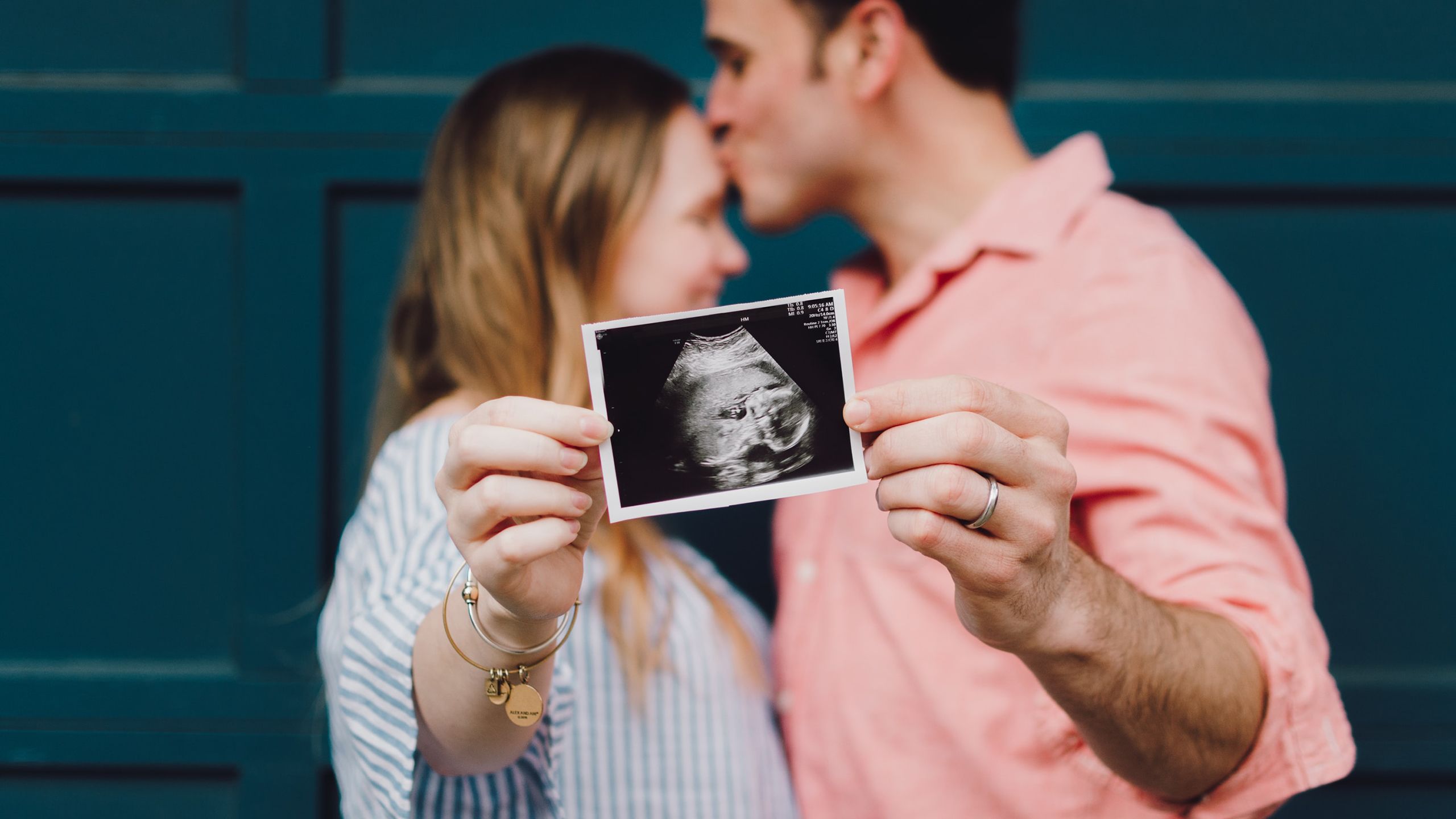
Towards the end of World War II, a German blockade coupled with a severe winter led to a devastating famine in the Netherlands known as the Hongerwinter. Forced to live on fewer than 800 calories a day, around 20,000 people are believed to have died.
At the same time, Leningrad was coming to the end of a drawn out and deadly siege. An estimated 800,000 civilians died as a result of the ensuing famine.

The 'hunger tours' during the Hongerwinter (Nationaal Archief)
The 'hunger tours' during the Hongerwinter (Nationaal Archief)
Decades later, a startling difference emerged between the children – now adults – born from women pregnant during these terrible conditions. The Dutch survivors experienced an increased risk of obesity, diabetes and heart disease; those from Leningrad did not.
These very different outcomes tell us something important about what happens in the womb during pregnancy, says Professor Abby Fowden from the Department of Physiology, Development and Neuroscience.
“The fetus is programmed for the environment in which it expects to find itself. Most of the time, if what it has predicted in the womb ends up being what it experiences after birth, its future health is likely to reflect that of the general population. But what if there’s a mismatch? That’s when more health problems than average can arise in later life.”
Babies from the famines would have been undernourished; they would have been born smaller, their bodies programmed for a world where food was scarce. For the Leningrad babies, food was scarce: the famine lasted several years. In the Netherlands, however, food supplies returned to normal much quicker.
Just as diet, smoking and exercise affect our health as adults, so too can they affect the unborn baby while it is in the womb. But it’s becoming increasingly clear that the environment of these earliest months of life can also affect our long-term health, and even the health of our grandchildren.
Heart of the Matter
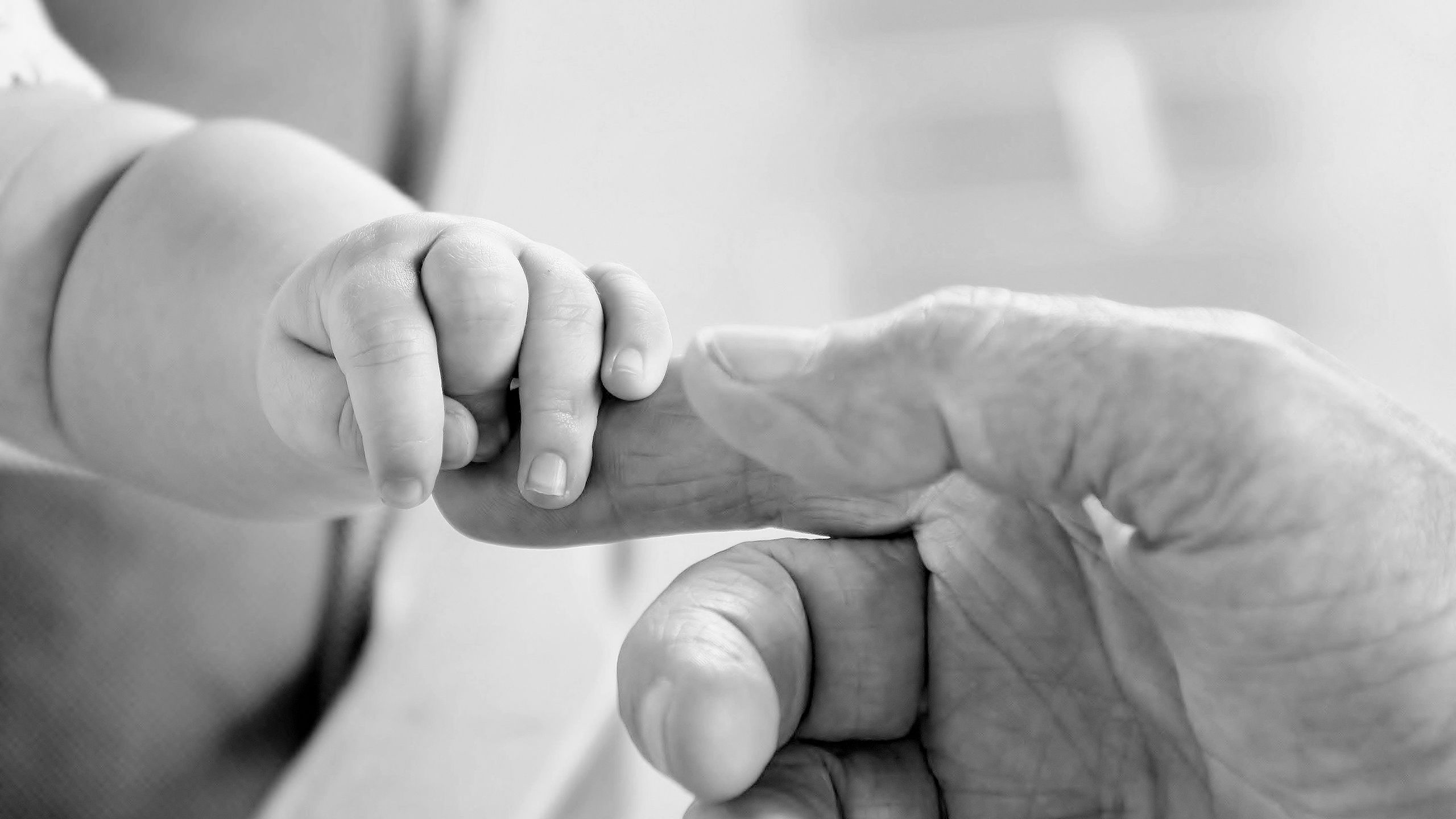
“If the mother doesn’t get a balanced diet, her stress hormones can increase and affect how tissues in the fetus develop – the pancreas or the number of cells that become fat cells, for example,” explains Fowden. “This will have consequences in later life.”
In the office next door to Fowden, Professor Dino Giussani is looking at how the environment in the womb programmes our cardiovascular health in later life. Using animal models, he has shown that lower than normal levels of oxygen in the womb result in babies born with fewer of the cells needed to build the heart, resulting in it being weaker. Their blood vessels are less able to contract and relax, and there are signs of damage in the developing heart and blood vessels caused by excess ‘free radicals’.
“If we think of heart disease, the first thing that comes to mind is how your genetic makeup interacts with lifestyle factors like smoking, obesity or a sedentary life to increase your risk,” says Giussani. “But even more important may be how the environment in the womb interacts with the genetic makeup of the fetus.”
Our genome has the potential to become ‘decorated’ with effects from the environment through ‘epigenetic’ modifications in which methyl molecules attach and turn genes on or off. These modifications are also essential for regulating normal cell development and, as cells divide and replicate, they are passed on to other cells. Could these epigenetic modifications be inherited further, from generation to generation?
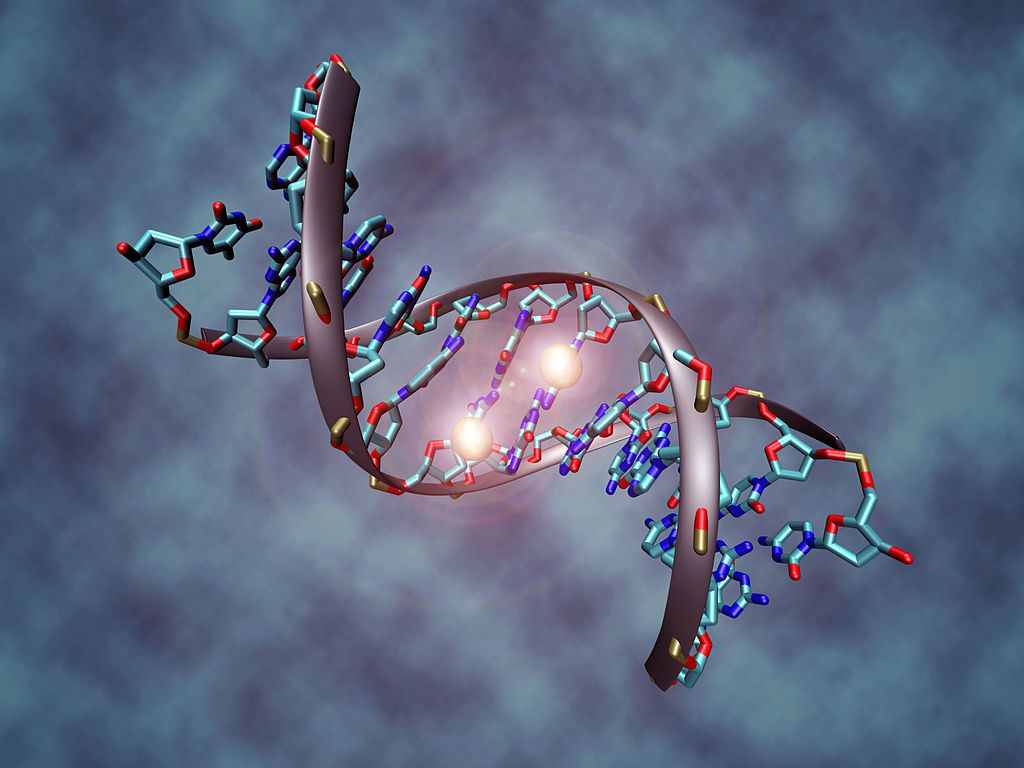
DNA molecule with epigenetic modifications (Christoph Bock, Max Planck Institute for Informatics)
DNA molecule with epigenetic modifications (Christoph Bock, Max Planck Institute for Informatics)
Erasing the past

Epigenetic inheritance is an idea that has captured people’s imagination. The effect has certainly been observed in plants and nematode worms, and evidence suggests that the daughters of mothers who experience adverse pregnancies not only have increased risk of obesity and type 2 diabetes but also pass this risk on to their own children.
But there is a problem, says Professor Anne Ferguson-Smith from the Department of Genetics.
“When I ask an undergraduate what epigenetics is, some say ‘Isn’t that how the environment influences how our genes work and gets transmitted across generations?’ This particular perspective of epigenetics has become almost textbook stuff. But the evidence doesn’t really stack up.”
In fact, her own research has thrown a spanner in the works: changes resulting from our environment occur only in certain regions of the genome, and they are not passed on indefinitely.
In mammals, there is a mechanism that erases all the epigenetic marks, not once but twice, she explains. These erasures occur early on in the process that will lead to the generation of eggs and sperm, and then again at fertilisation.
While there is evidence that epigenetic modifications in some genetic regions escape erasure, these are thought to be the exceptions and most likely regions of the genome that are not responsive to the environment, she says. So could there be another way of explaining how problems during one woman’s pregnancy are passed down to her grandchild that doesn’t require inheriting epigenetic modifications?
Yes, says Ferguson-Smith. Take the situation where a mother is undernourished. This will affect her offspring, making them more susceptible to obesity and metabolic disease. If a girl grows up with metabolic disease then, when she is pregnant, this will in turn have an impact on her own child’s health. “So the grandmother caused the defect in the daughter, and the daughter caused the defect in her offspring.”
But she adds: “That doesn’t mean that transgenerational epigenetic inheritance doesn’t exist, it’s just that there are other mechanisms to explain how the effects of the environment might appear to be perpetuated across generations. To some extent, that’s why studying effects transmitted via the father, who is not directly influencing the baby in pregnancy, is better at addressing this.”
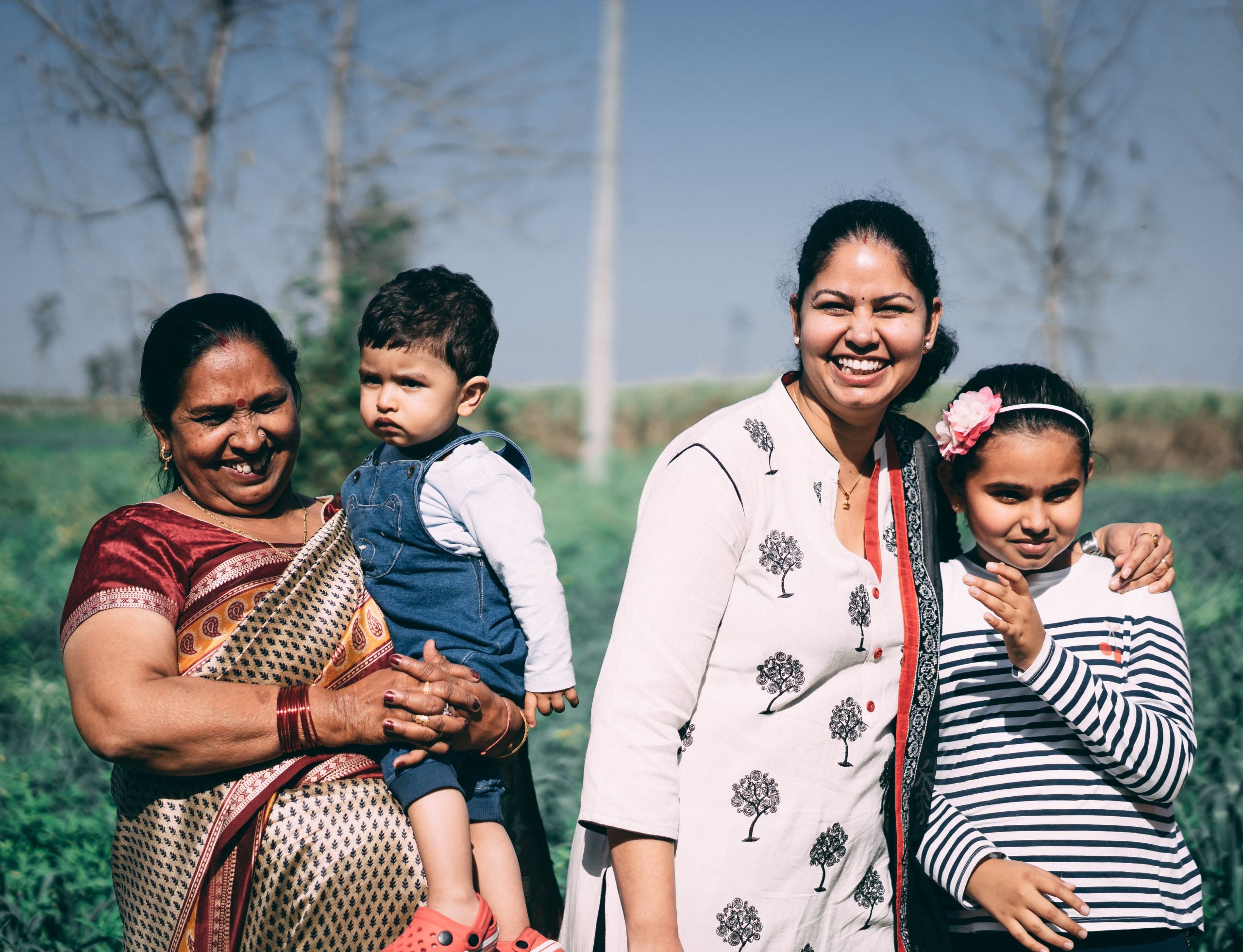
Three generations of a family in India (Ashwini Chaudhary)
Three generations of a family in India (Ashwini Chaudhary)
The father effect

While there is a focus on the impact of the mother’s health and wellbeing on that of her offspring, perhaps more surprising is the contribution that the father may also play.
Ferguson-Smith has shown that the ‘memory’ of problems during pregnancy or early life can be passed down to the next generation through sperm. Evidence from other groups has suggested that this might be through molecules known as RNA. This supports Giussani’s studies, which most recently have found that heart disease risk from hypoxia in the womb can be passed between generations, but only from father to child. In fact, there is evidence that the mother can pass on to her offspring a protective effect against this transmission of heart disease risk via her mitochondria.
Even a parent’s emotional state can play a role in outcomes for the baby. Professor Claire Hughes from the Centre for Family Research has looked at how the family’s emotional struggles during pregnancy affect their child’s behaviour. She discovered that a very young child was more likely to have emotional problems if the mother was stressed during pregnancy. But surprisingly, this link was equally strong if the father had a ‘difficult pregnancy’ emotionally.

Research shows that even a father's emotional stage during his partner's pregnancy can have a later impact on the child (Picsea)
Research shows that even a father's emotional stage during his partner's pregnancy can have a later impact on the child (Picsea)
Healthy beginnings

As researchers continue to unpick how both the lived experiences of our parents and grandparents affect us before we are born, others are investigating how we can counteract adverse outcomes.
Professor Sue Ozanne from the Wellcome-MRC Institute of Metabolic Science looks at the effects of over- nutrition and obesity during pregnancy. She has shown in mice that, if the mother is obese during pregnancy, it programmes her offspring to overeat and become obese, potentially programming her own offspring to overeat. “It’s a vicious cycle,” she says.
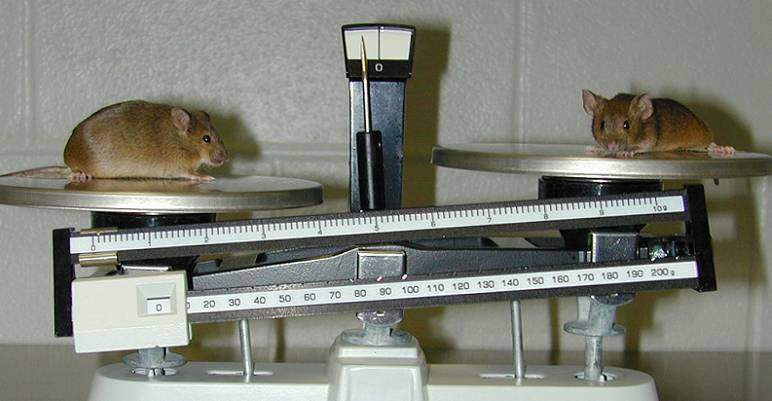
A knockout mouse (left) that is a model of obesity, compared with a normal mouse. (Lexicon Genetics Incorporated)
A knockout mouse (left) that is a model of obesity, compared with a normal mouse. (Lexicon Genetics Incorporated)
Ozanne’s work suggests that one way of breaking this cycle might be to get the mother exercising during pregnancy. “It’s difficult to lose weight once you’re obese, but we’ve shown that with sufficient exercise, even if you don’t lose weight, you can improve your metabolic fitness and become more insulin sensitive.”
Another possible solution is drug therapy. Ozanne is looking at whether metformin, a common drug used to treat diabetes, might help. Giussani, meanwhile, is interested in whether specific antioxidants could counter the oxidative stress seen in different organ systems in his experimental models.
Finding pharmaceutical solutions will not be easy, however. First is the challenge of identifying those pregnancies where it would be appropriate to intervene – and, if so, when? Then there is the subtlety of changing the course of a disease process while maintaining normal function – excess free radicals may cause oxidative stress, but we need some of them for our bodies to function. Clinical trials in humans then raise a whole other set of issues.
“The problem is that you’re treating two patients: you’re treating the mother and the child, and that’s hugely difficult from an ethical as well as a scientific point of view,” says Giussani. “That’s why there are very few clinical trials in pregnancy itself. It’s safer to treat the baby once it’s born. That way, you’re treating one individual, not two.”
For now, it seems, the way to give a baby its best chance of a disease-free adulthood is to follow common-sense advice during pregnancy: don’t drink, don’t smoke, avoid stress, do exercise and eat well. And everything in moderation.
Snapshot: The ‘father’ of genomic imprinting

Azim Surani and genomic imprinting (Gurdon Institute)
We inherit one set of chromosomes each from our mother and father, but it wasn’t until a discovery in 1984 by Professor Azim Surani – after his PhD under IVF pioneer Sir Robert Edwards – that it was known that we need chromosomes from both parents for normal development. His discovery was to provide the impetus for the field of epigenetics.
“This suggested that the chromosomes contained extra information that was dependent on a ‘memory of its origin’ from the mother or the father,” says Surani, now at the Gurdon Institute.
Surani named this ‘genomic imprinting’, a form of epigenetic inheritance in which the regulation of a gene is influenced by the sex of the transmitting parent without altering the genetic sequence.
“The imprints are first erased in germ cells (precursors of sperm and eggs), and then reintroduced as they develop. Another wave of erasure occurs after fertilisation, but the imprints are protected at this time and inherited, playing a vital role in the development of the fetus and placenta, and are transmitted through to adulthood.”
Surani also showed that germ cells are among the first cells to emerge after the embryo implants, and identified the key genes and mechanism involved in their development.
He has now teamed up with a consortium of researchers from Cambridge University, the Babraham Institute and across the UK to build a ‘family tree’ of how cells divide and specialise following fertilisation. The £10m Human Developmental Biology Initiative is funded by the Wellcome Trust.
Read more about our research into all aspects of reproduction in Horizons (PDF), the University of Cambridge's research magazine, and find related articles online.
Cambridge Reproduction Strategic Research Initiative
From understanding ancient ideas of generation to exploring new frontiers in fertility, Cambridge researchers are working across disciplines to study reproduction from multiple perspectives. For more information, visit the Cambridge Reproduction Strategic Research Initiative website.
Main image by Kelly Sikkema (Unsplash)
Header image by RitaE (Pixabay)

